|
*This post contains affiliate links. I receive small commissions for purchases made through these links at no extra cost to you. These commissions help me keep this site up and running, in order for me to keep providing helpful and inspiring art content. :)
Interested in developing your skills with watercolor pencils? Wondering how to paint realistic flowers that show depth and dimension with this versatile medium? In this step-by-step tutorial for beginners, I take you through my entire process for developing botanical paintings using watercolor pencils. I share everything, from how I choose my colors for a smoother painting process, how to activate pigment with water for a painterly effect, and how I do my layering to develop higher levels of realism without overworking my paper and maintaining the glow that's so unique to watercolor. Along the way, I share tons of must-know tips and tricks that help me arrive at great results, every time. Before jumping into the Pink Rose tutorial, if you're just getting started with Watercolor Pencils, I would highly recommend checking out this very thorough video where I share tons of must-know information on this medium that'll help you make much faster progress:
If you enjoyed this video and found it helpful, make sure to subscribe to my YouTube channel. I share a brand new video every week with art tips, drawing and painting tutorials and mindset/productivity tips for artists. *Subscribe HERE*
Ready? Let's jump in! *Download pink rose reference photo from Unsplash.com here. Recommended watercolor pencil sets: Student-grade Faber-Castell Goldfaber Aqua Derwent Academy Watercolor Pencils Professional Faber-Castell Albrecht Dürer Studio Watercolour Pencils Derwent Watercolor Pencils Caran D'ache Museum Aquarelle Pencil Sets Watercolor Pencil Pink Rose Steps
|

www.erikalancaster.com
is a participant in the Amazon Services LLC Associates Program, an affiliate advertising program designed to provide a means for sites to earn advertising fees by advertising and linking to amazon.com. www.erikalancaster.com is a participant in the Shareasale.com Affiliate Program, an affiliate advertising program designed to provide a means for sites to earn advertising fees by advertising and linking to Shareasale.com partner companies. |

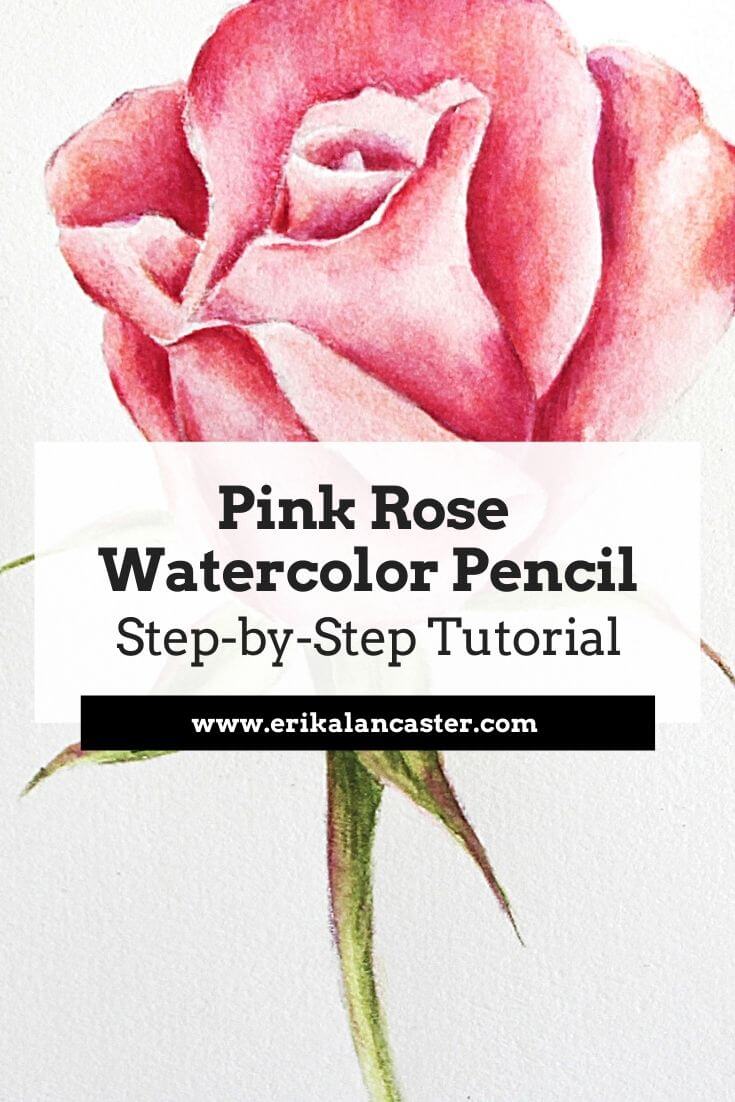
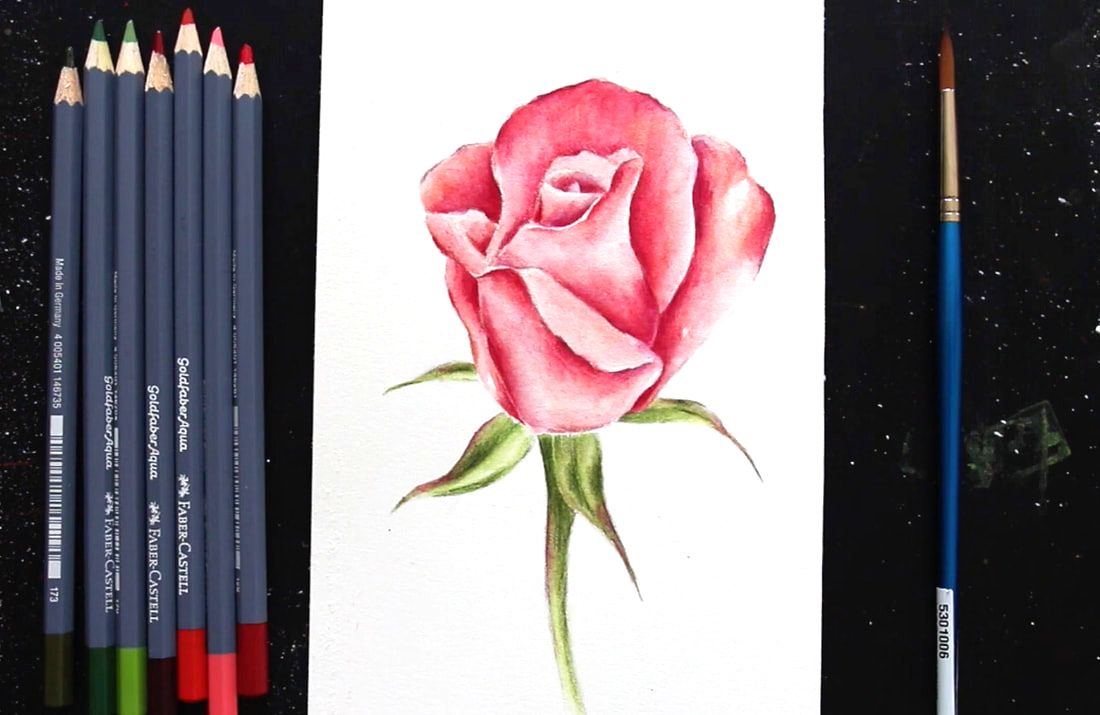
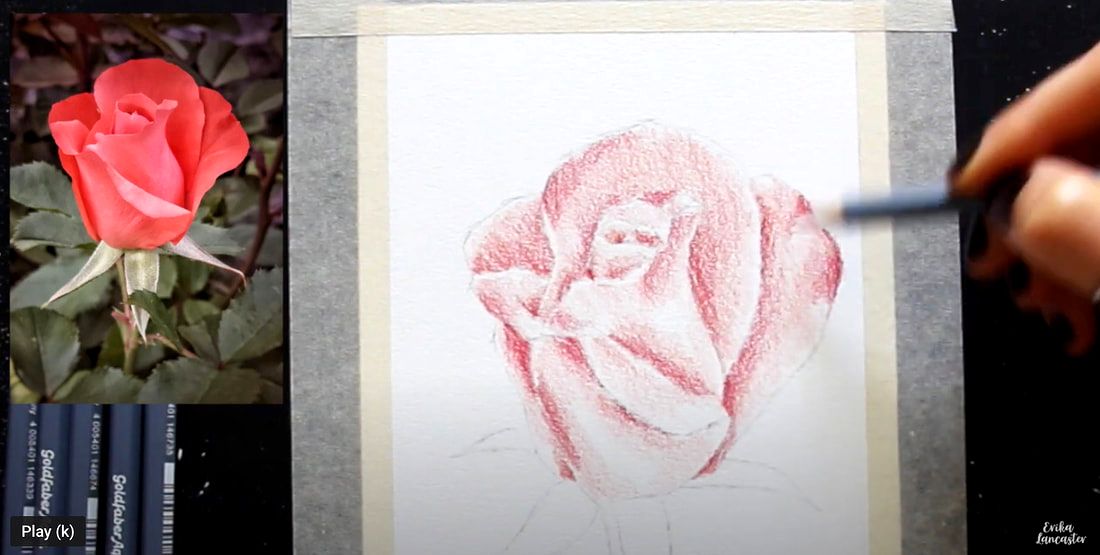
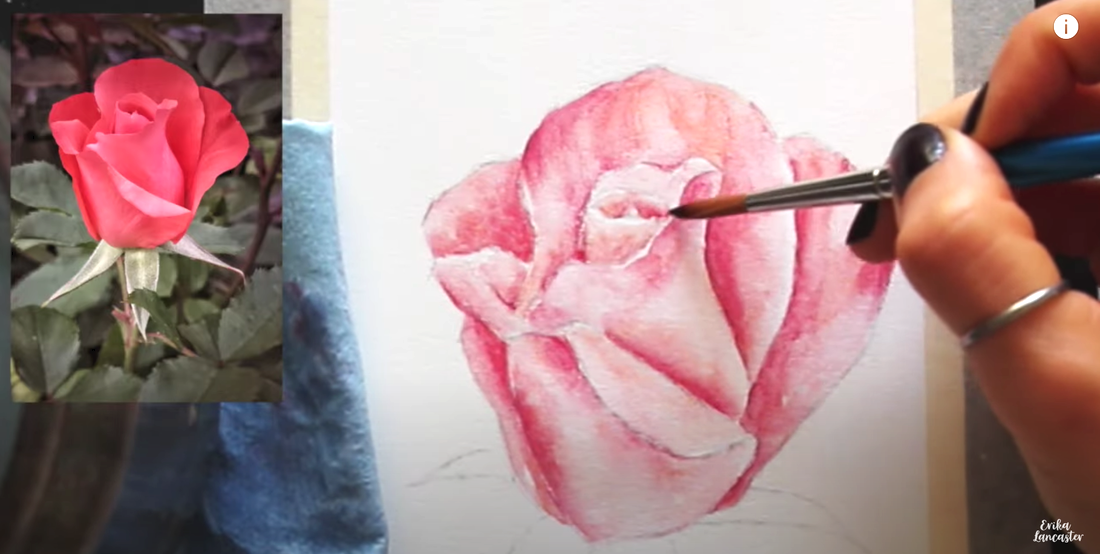
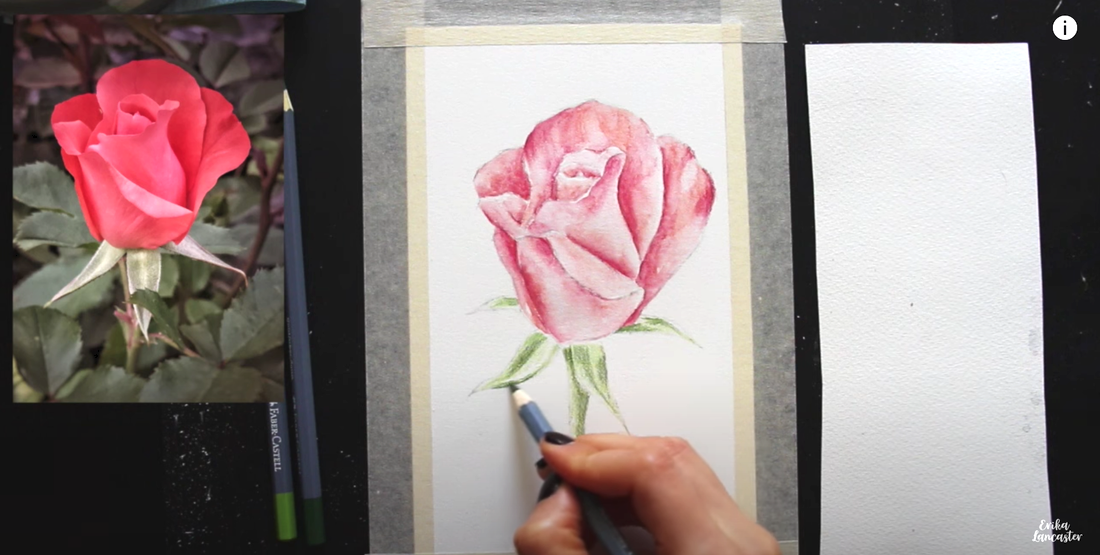
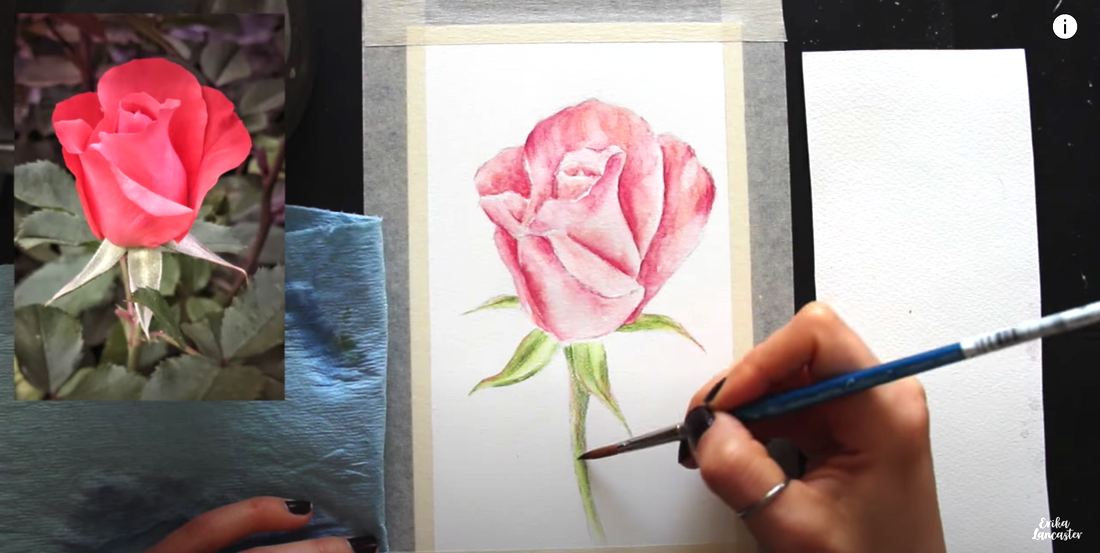
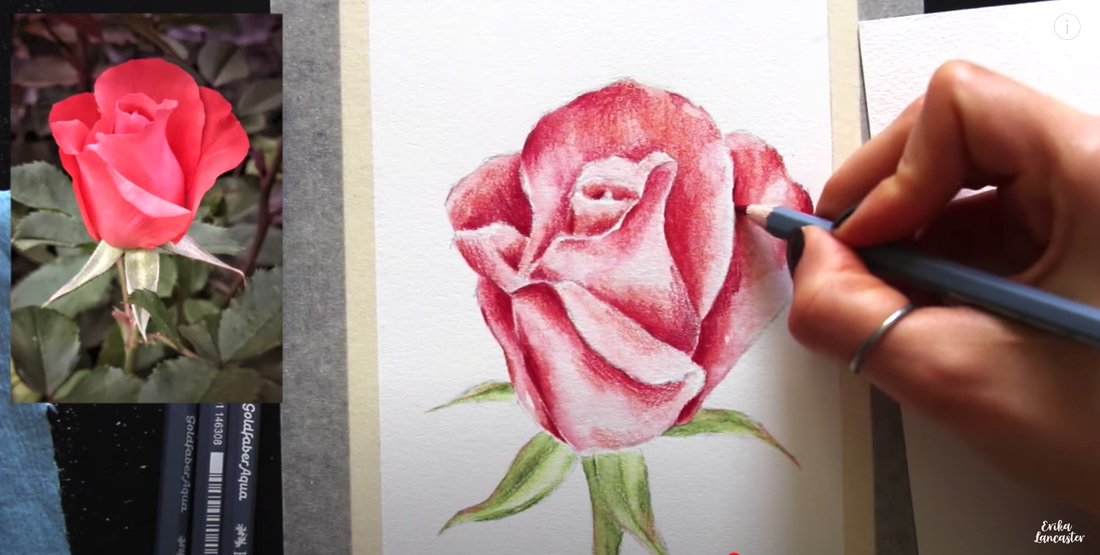
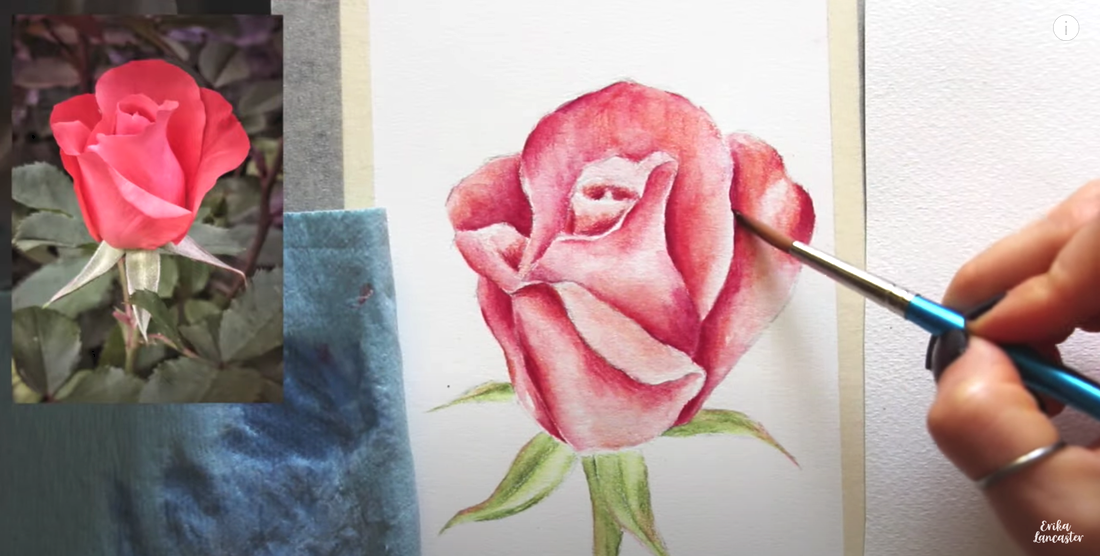
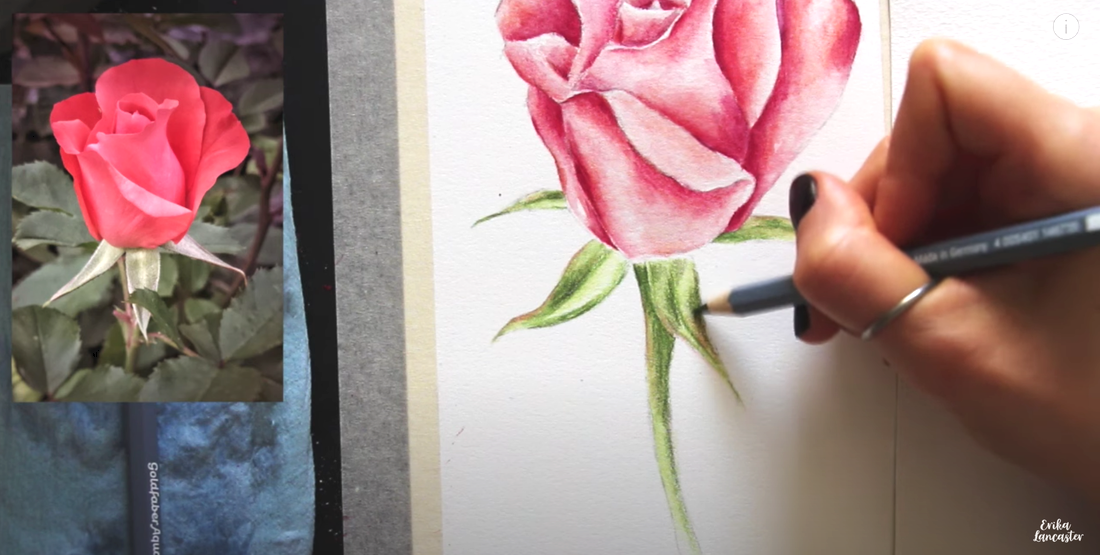
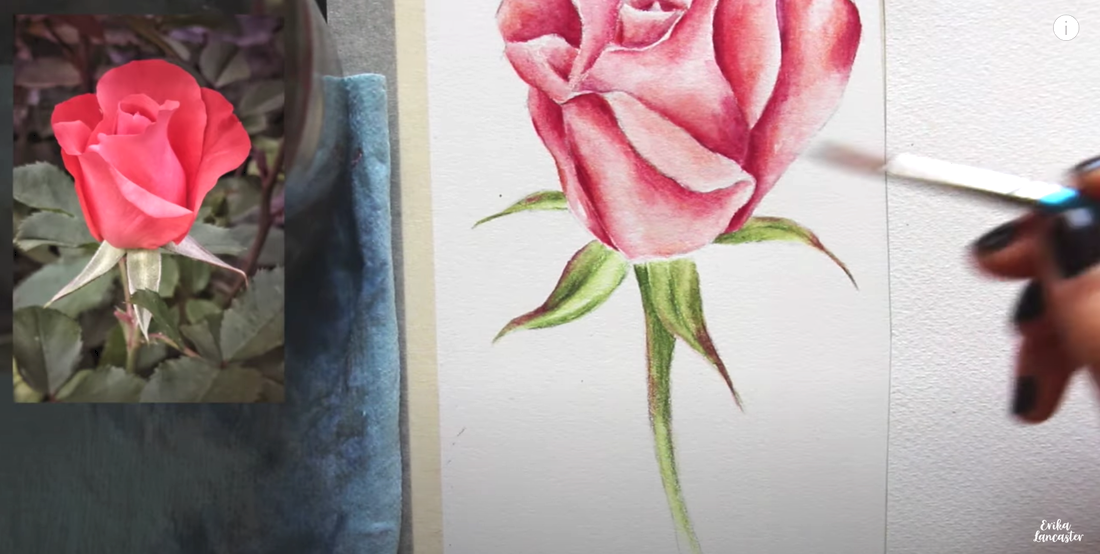
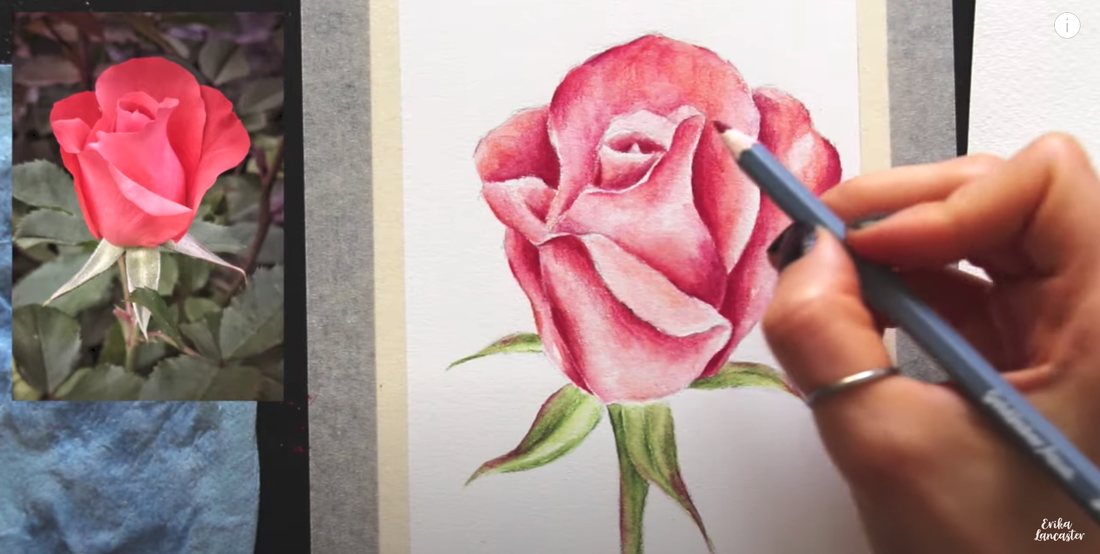
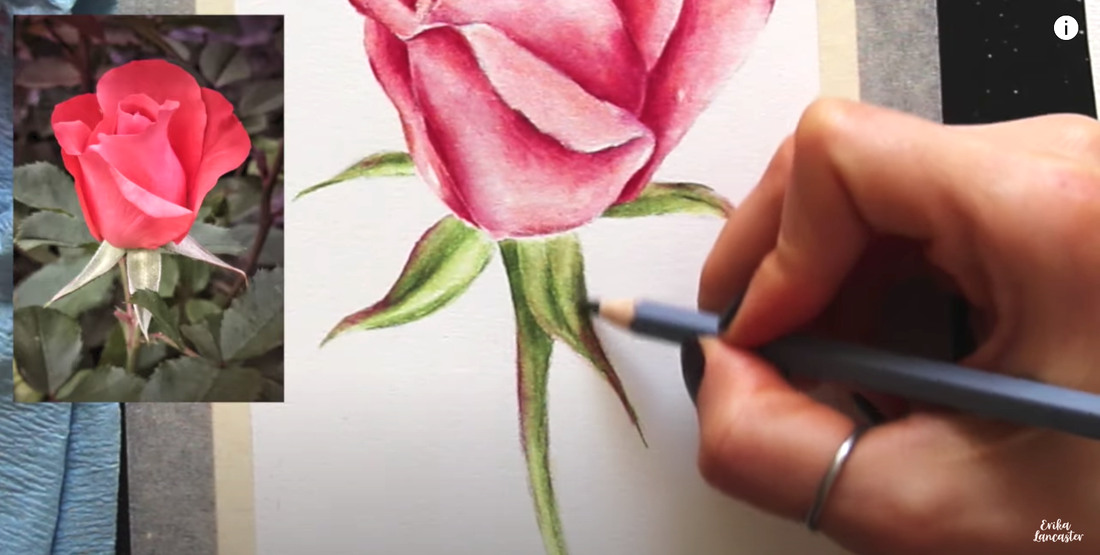
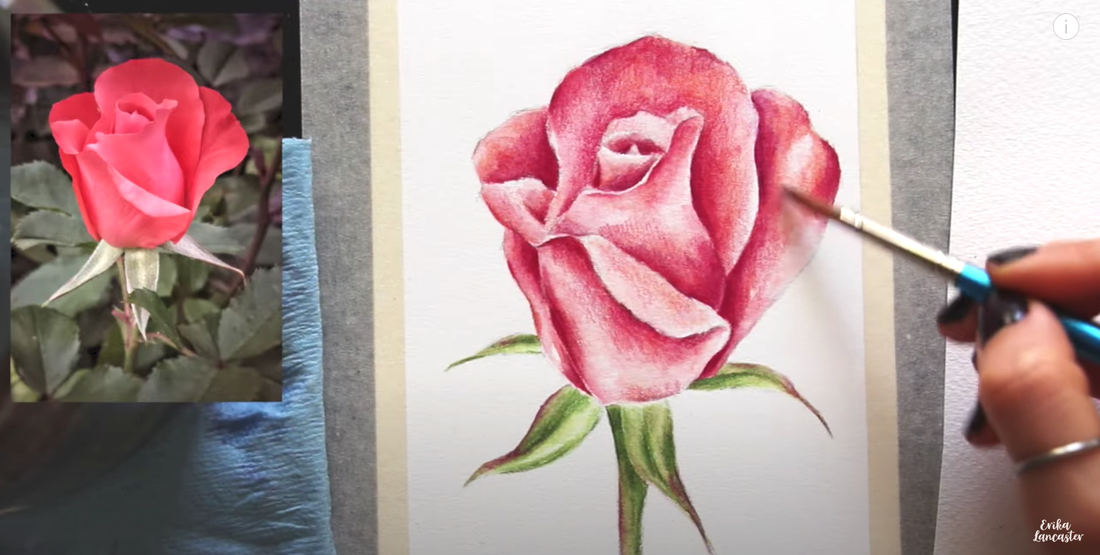
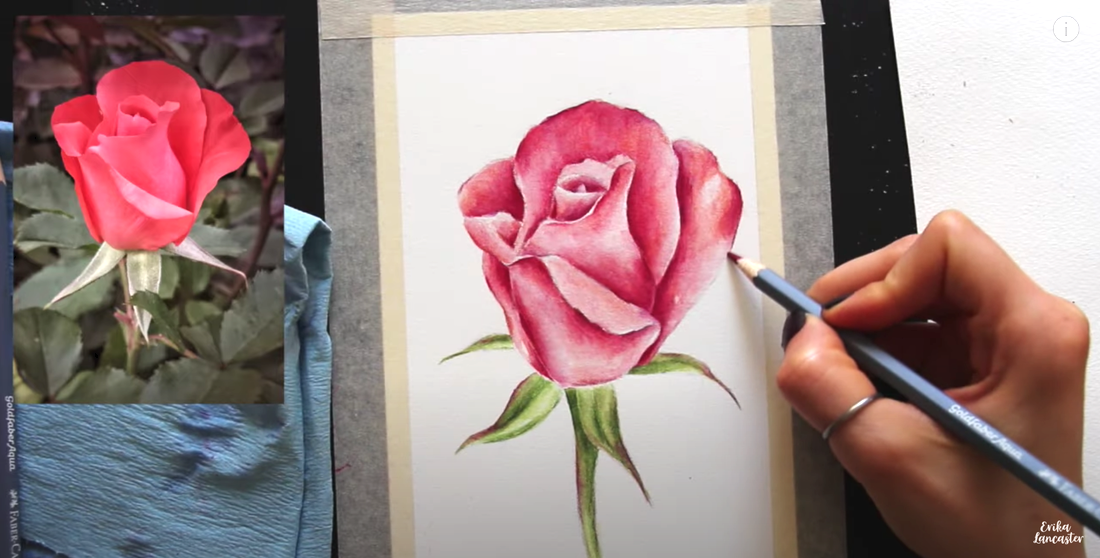

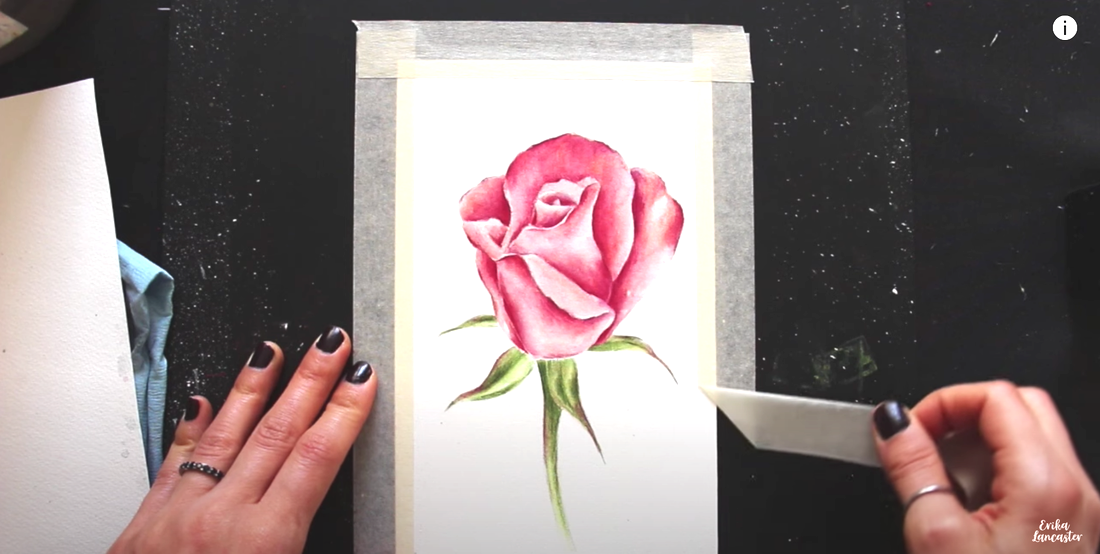

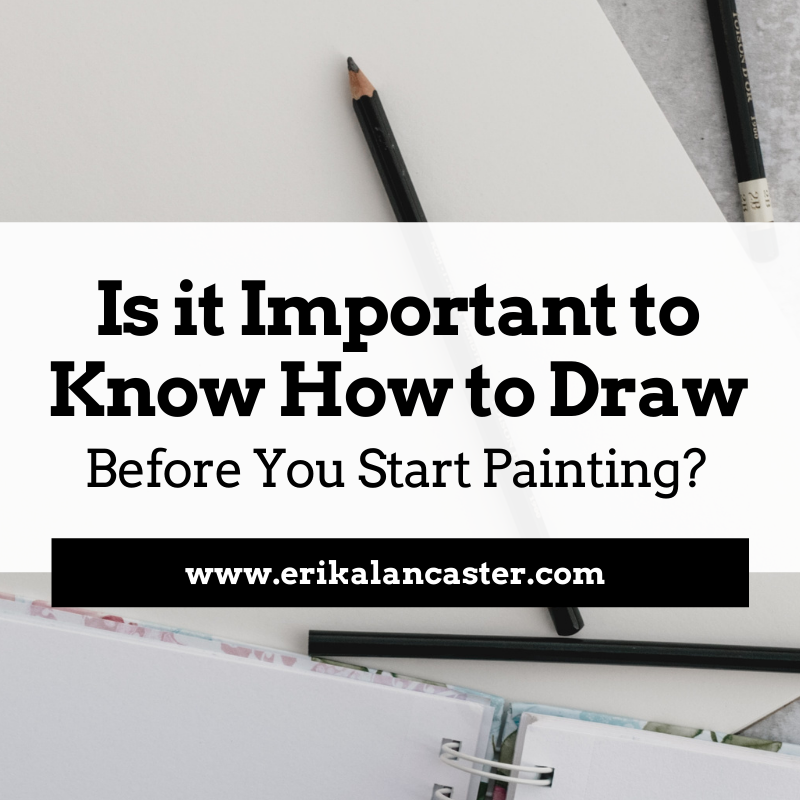
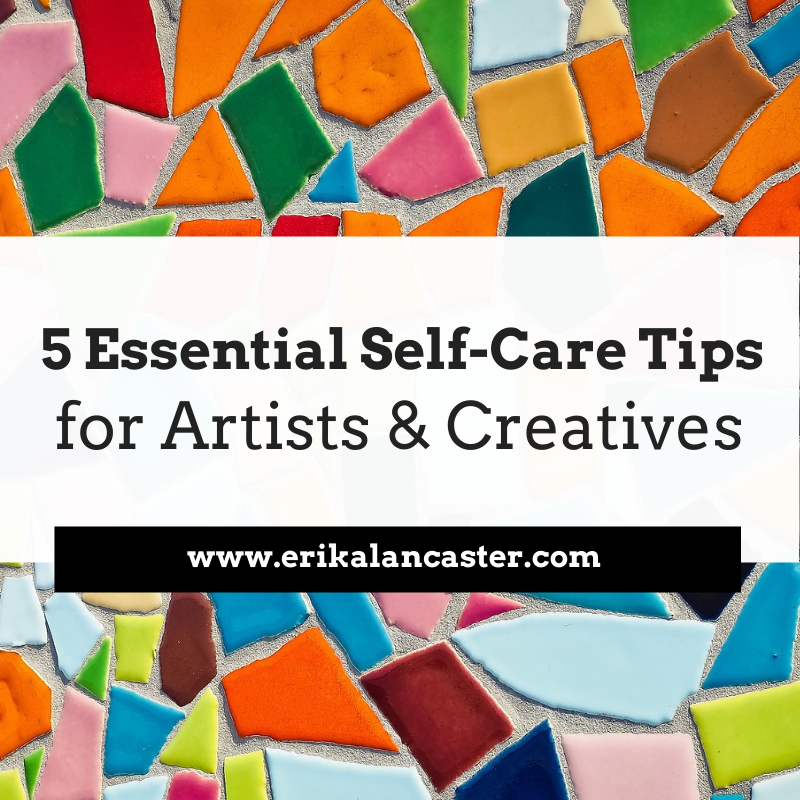




 RSS Feed
RSS Feed

